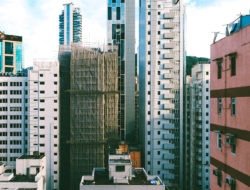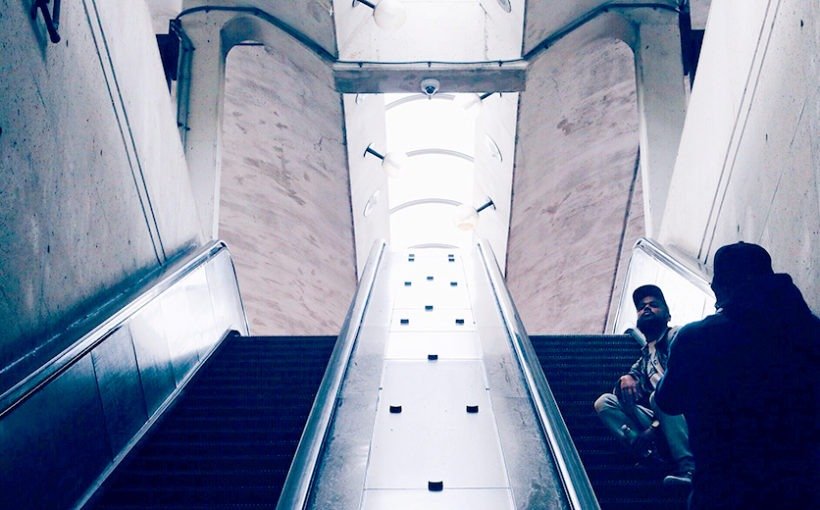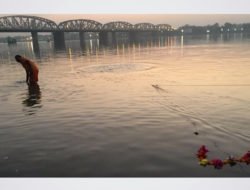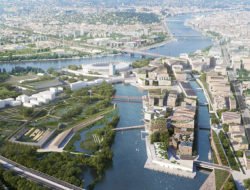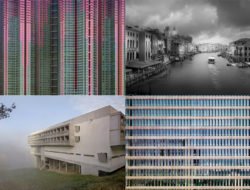After having conquered the skies, urbanists are now pointing their compass downwards to create new spaces in the depths of the city. Faced with the demographic boom, Paris is preparing for a new revolution, and the same is happening in Singapore, that has found the solution: bury the city.
There is a Montreal above ground, but there is also an underground city, connected by the metro. Pedestrians can walk around some thirty kilometres of corridors and do their shopping out of the cold. Each day, 500,000 people pass through these galleries, animated by the presence of 2,000 shops. In Helsinki, Finland, the city council, the State and private investors have been developing an underground city since the sixties to ward off a possible threat from Russia. Some four hundred tunnels, buried 20 to 80 meters under sea level, form a city beneath the city and it will be extended up until 2020. What if underground urban life was the key to reducing traffic congestion and the density of the city?
The urban future of humanity is far from paradise: in 2030, global cities could host 5 billion inhabitants, compared to 2.6 billion in the year 2000. It paves the way to an expansion at the cost of the environment, comfort and safety. More and more metropolises are therefore thinking about extending underground rather than above ground. Technological advances make underground life no longer a utopia. One can grow vegetables, enjoy entertainment, eat, work, move around and live there. It is worth mentioning that optical fibre allows sunlight to shine in these underground spaces.
Urban mangroves
Just like Hong Kong and Tokyo, the city of Paris has begun to explore the possibilities of living underground. The ambition: to create networks that connect the city above and the city below. The future station of La Défense will be installed 35 metres under the ground. A titanic site supposed to free up space above ground. In parallel, Paris has also launched a call for projects, “Les dessous de Paris”(http://www.reinventer.paris/), to connect brownfield sites and private investors. The project consists of five tunnels, three parking lots, water reservoirs, cellars, disused railway stations… There were 219 candidates. Their proposals: pubs, incubators for start-ups, businesses, underground agriculture…
For the time being, no housing has yet been built underground, but with the scarcity of land, Singapore also uses its underground for shops, cultural spaces, military stocks and logistical goods structures. The city-State has recently invested $188 million in R&D to develop this form of urban planning. And any new building project must first be considered underground. Now, all that remains to be done is make inhabitants want to spend part of their lives underground, which often isn’t very attractive. Architects see one solution: to distort our perception, to give us the impression of not being enclosed. How? By creating protective environments, even fantasy ones, full of life.
Tags: beneath Paris, Singapore, underground, underground city, urbanism


































